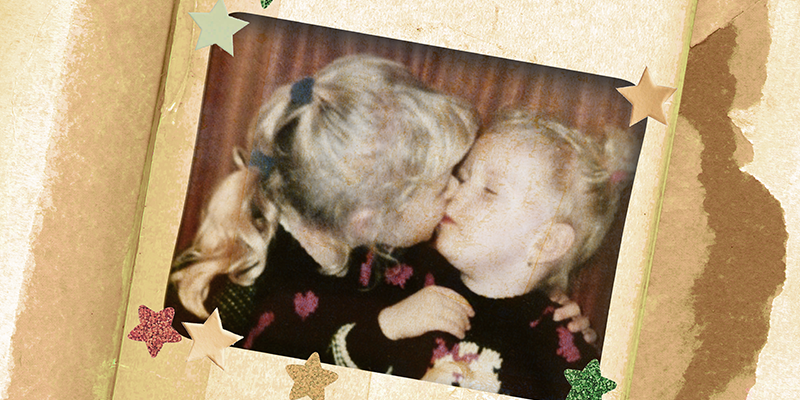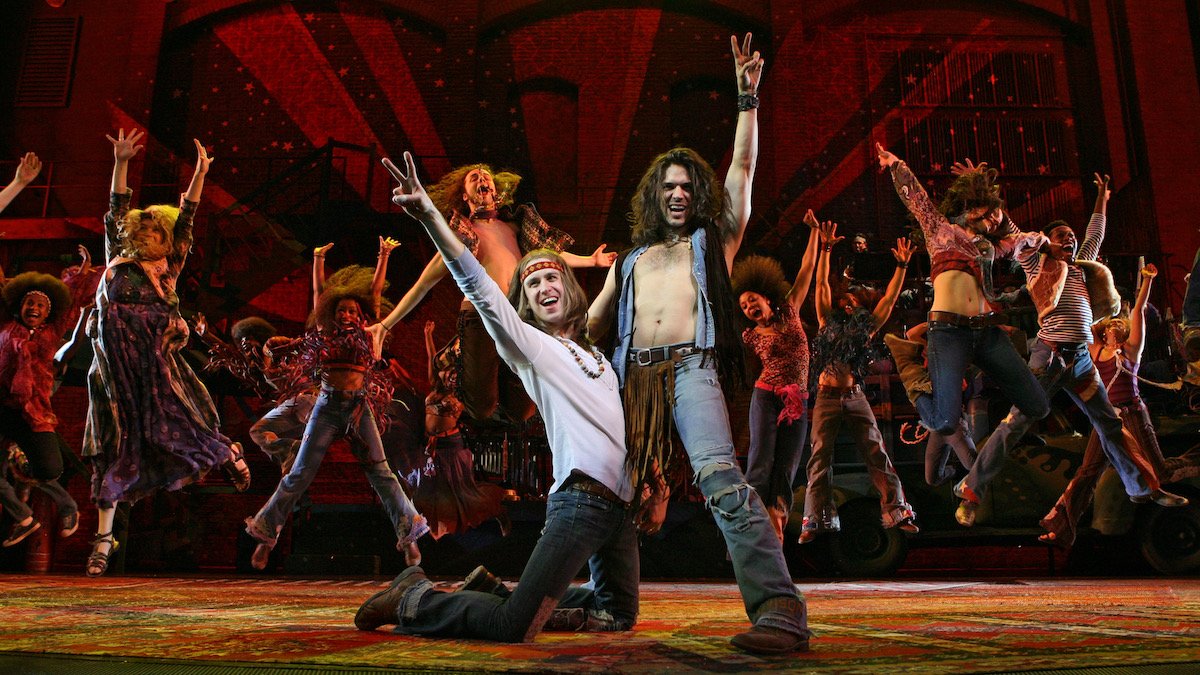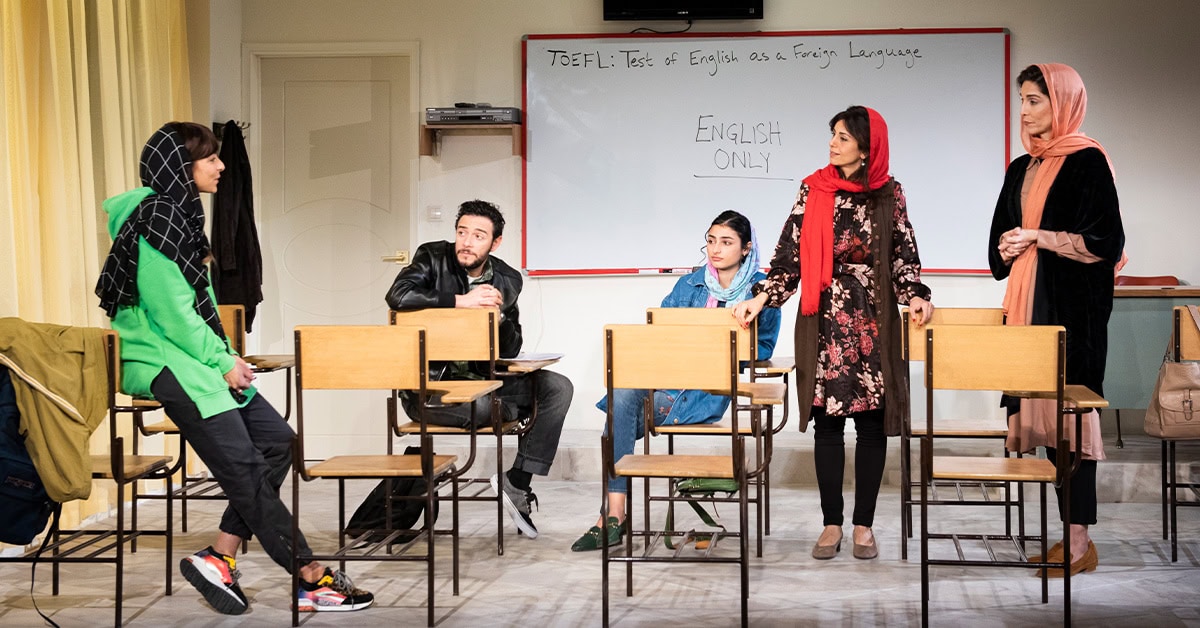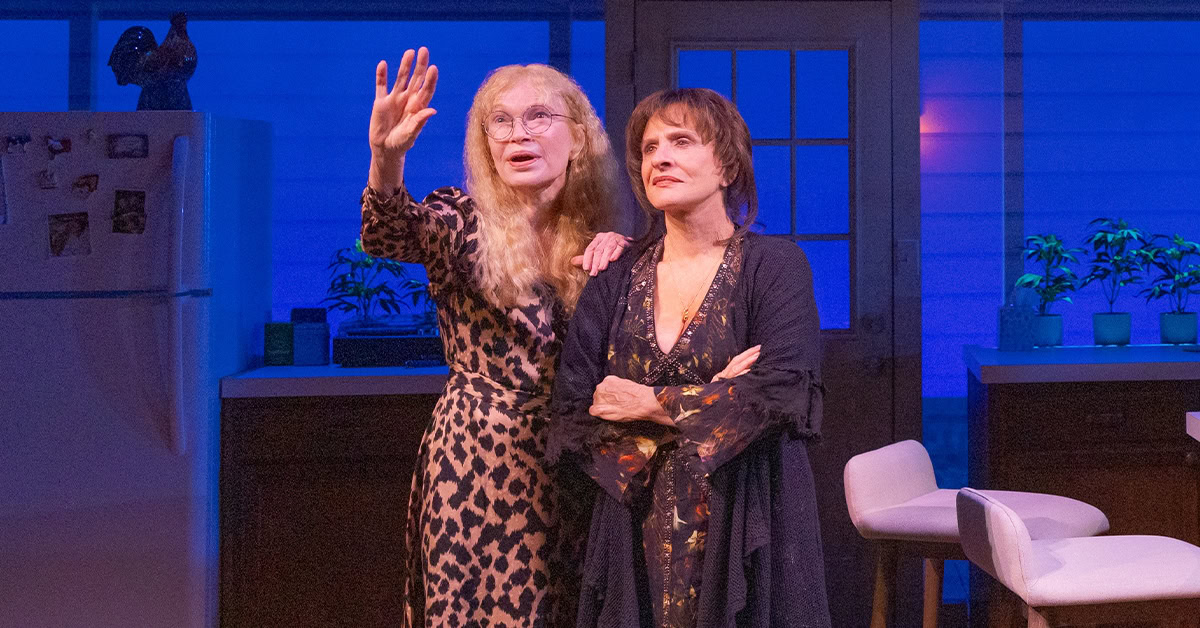
Kin centres around the healing of a fractured relationship between two sisters when, after years apart, they meet again to say their last goodbyes to their father.
Playwright Max Dickins shares what initially inspired this piece, and gives advice to those wanting to stage this darkly funny and deeply moving play.
Kin is a dark comedy that highlights both the unity and disharmony that can be found in family relationships. What inspired you to write about these topics?
I wrote it as a way of working through my ambivalent feelings towards my own family. It was to address this paradox that I love them, but the love I feel is so different to the love I feel for my romantic partner or the affection I feel for my friends. I wanted to wonder out loud if it was OK to feel that way? And, what exactly does love mean when it comes to families? This is not a new subject in the history of ideas. The Ancient Greeks famously had seven different words for love to represent the different forms it can take. I suppose this is my own modern take. Not that I am putting myself in the same league as Aristotle!
The play focuses on the fractured relationship between two sisters who are pushed to address their issues when they both attend to their father during his final days. Why did you choose to tell the story through their perspective?
The inspiration for this play came from a true story a friend of mine told me. She had been through the experience of visiting an estranged father in America with her three sisters, who had also been estranged from one another. Their father was dying, he was living alone after a relationship had broken down and they thought he had a couple of weeks to live, but he went downhill very quickly, and so he died with them all around his bed. This struck me as a really juicy situation.
Someone told me once that the definition of a sitcom is; ‘There’s five people stuck in a car and they all hate each other.’ This was a similar set-up. These sisters all knew each other so well, they all had a big shared history, shared resentments, but held different perspectives on the past. Crucially, it was these perspectives that had caused the estrangement and now, in the most pressurised situation, they had to work through it. It was too good not to write. I reduced the number of characters involved to make the production shorter and cheaper – simple as that!
As research for the piece, I also spoke to someone who volunteers at a hospice helping those who are dying (and especially their loved ones) prepare for their death. They told me that in the final moments of life, often in the last day or so, things tend to happen in a certain order. The process of dying can be broken into five stages, all with their own unique signs and experiences: Earth, Water, Fire, Air, and Spirit. This not only fitted the situation, but these five stages mirrored the classic five-act structure of most stories. This symmetry was another reason why I thought I had to make this play.
Do you feel that your own experience as an actor has influenced the way you write stories?
I’m aware when I write dialogue that it actually has to be delivered by real people and I therefore try to make it as fun to say as I can. Most of all, my experience as an actor was most useful in the rehearsal room. Often an actor will say to you, “Look, I’m struggling with this line.” I think being both a writer and a performer helped me to be more flexible in those conversations.
Do you have any advice for anyone wanting to stage the show?
The key thing with this piece is pace. The dialogue needs to rip along, and yet you need to find the beats, the moments where you can go slow. To let the pauses work for you. Also, the sad bits and the angry bits tend to hit harder if you make the funny bits sing. The best example of this is the set-piece around the song “You Take My Breath Away.” In the original production the actors worked hard on the dance so that, when you watched it, it brought back feelings of sisters dancing together in their bedroom; adolescent choreography. It is a crucial bit of the play because it shows real synchronicity and love between them. Which you need, given how hard they go at each other for most of the play!
Are there any other aspects of family and relationships that you’d like to explore through your future plays?
I am really interested in the interaction between gender and intimacy. So I’d like to do something that involves two men who love each other, trying to get to the point where they are comfortable with that fact!
To get to know Kin, you can purchase a copy of the playscript today, or why not find out more about putting your own production of this beautiful play.

Pop/Rock Musicals

Women Sharing the Spotlight: Plays Carried by Women

